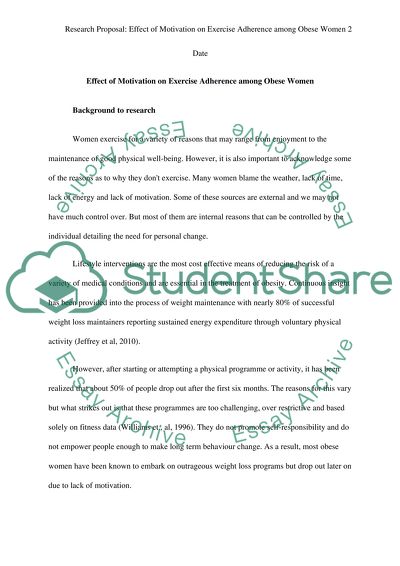Cite this document
(“Research Proposal Essay Example | Topics and Well Written Essays - 1750 words”, n.d.)
Research Proposal Essay Example | Topics and Well Written Essays - 1750 words. Retrieved from https://studentshare.org/psychology/1471843-research-proposal
Research Proposal Essay Example | Topics and Well Written Essays - 1750 words. Retrieved from https://studentshare.org/psychology/1471843-research-proposal
(Research Proposal Essay Example | Topics and Well Written Essays - 1750 Words)
Research Proposal Essay Example | Topics and Well Written Essays - 1750 Words. https://studentshare.org/psychology/1471843-research-proposal.
Research Proposal Essay Example | Topics and Well Written Essays - 1750 Words. https://studentshare.org/psychology/1471843-research-proposal.
“Research Proposal Essay Example | Topics and Well Written Essays - 1750 Words”, n.d. https://studentshare.org/psychology/1471843-research-proposal.


